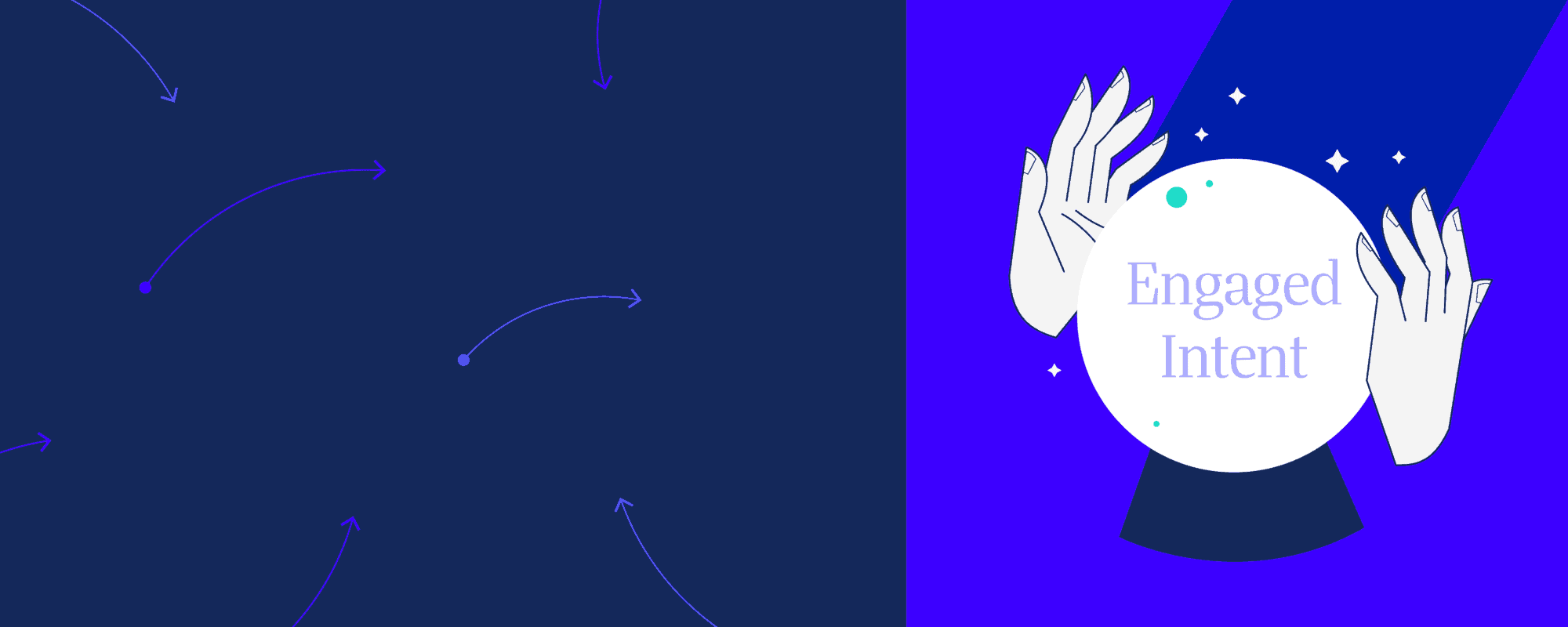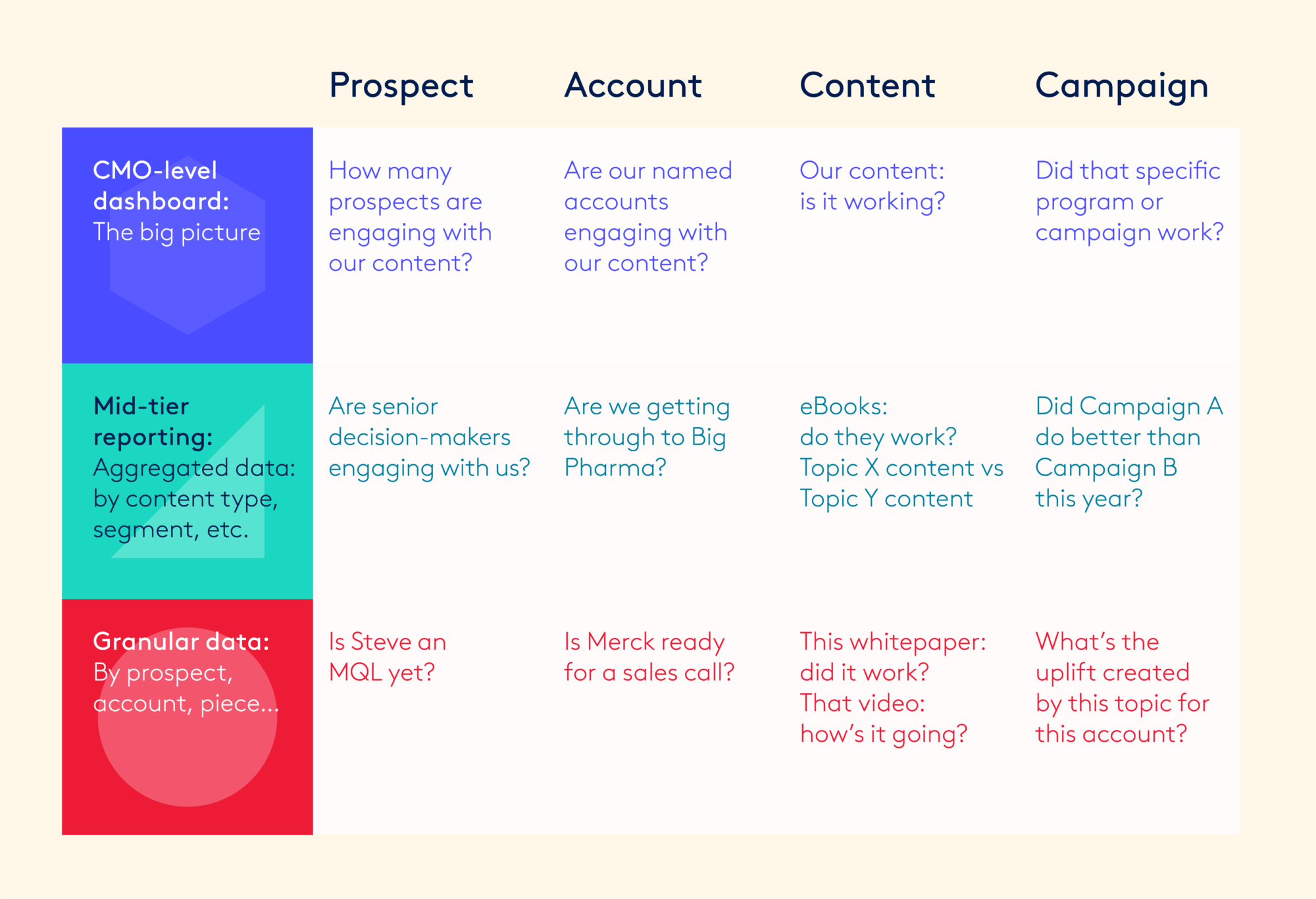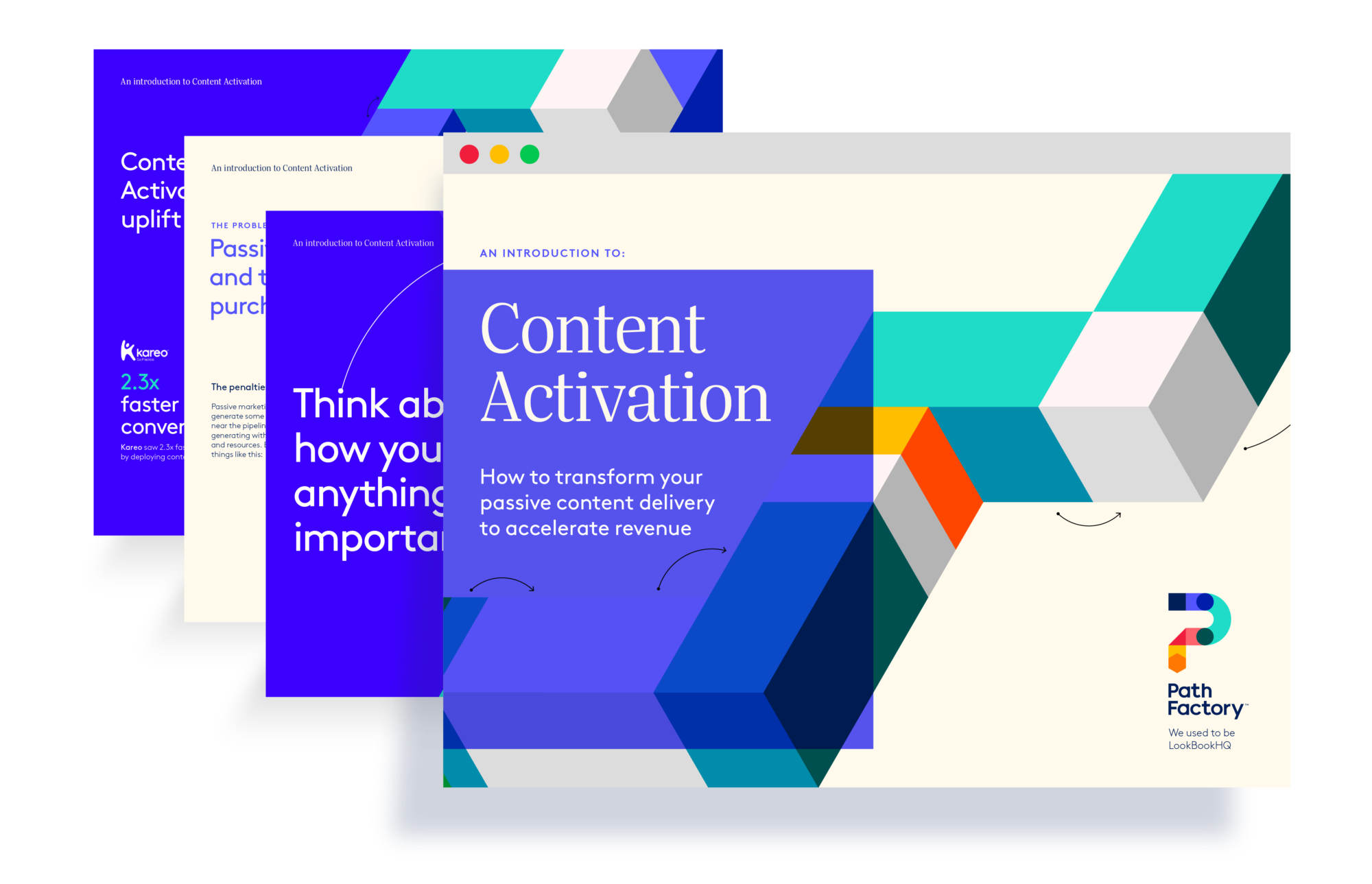
Your Guide To Engaged Intent: The Most Important Buying Predictor
Let’s face it, a click or a download doesn’t really tell you much. Someone might click through an email CTA by accident… or download a PDF only to let it sit on their desktop gathering digital dust (we’ve all been guilty of that at some point, I know I am!). Yet these vanity indicators are the type of metrics marketers have relied on for so long.
It’s time to scratch below the surface and start measuring deeper data points that uncover the true value of your content and the quality of leads. It’s called Engaged Intent and it is hands down the number one buying predictor and indicator of sales readiness available in the B2B space right now.
Engaged Intent focuses on what happens after the click or download and is measured by the actual amount of time people spend with your content. It reflects your prospects’ real-time interest. It reveals a demonstrated propensity to buy since it tracks a prospect’s hunger for your information.
The 4 signals of Engaged Intent
First things first, in order to leverage Engaged Intent you have to know how to spot it. There are 4 main signals to look for:
Appetite for information
How hungry is a prospect for your content? If they consume multiple assets in a single session, they are exhibiting an urgent need for more information (nom nom).
Specific interest
Understanding the topics and issues prospects care most about in a given moment is incredibly valuable information. Knowing their specific interests helps you serve more relevant information and address their pain points faster.
Self-education process
The type of content a prospect is consuming gives you insight into where they are in their buying journey and how they like to consume information. Knowing this information allows you to nurture them through the funnel more efficiently and provide a better customer experience overall.
Openness to your company
Truth is, there are many sources of information a prospect can go to to find answers to their questions. If they are choosing to binge (consume multiple assets in one session) on your content, chances are they are open to you as a company and trust you as a valuable source of information.
Combining all 4 signals outlined above results in the most reliable signal that a prospect is ready to be sold to. And not just by anyone, by you!
Not all engagement is created equal
Traditional lead scoring treats every engagement equally: a click, a download, a form fill. However, what happens after these actions is what determines whether or not that engagement is truly meaningful. Did they open the PDF? Did they read the blog post? Did they spend 2 seconds or 5 minutes consuming the eBook? These answers greatly affect how hot (or not) a lead actually is.
The single best metric to determine sales-readiness? Time.
Knowing how much time someone spends with your content, and combining it with the indicators above, empowers you as a marketer to answer a bunch of important questions.
Whether to engage more
Imagine how much wasted time could be saved if sales only called people who were actually interested in hearing from them. Someone who spends meaningful time with your content indicates they’re interested to learn more. Someone who randomly clicked on some things but didn’t actually engage would not be a wise investment of sales and marketing time.
When to engage more
Measuring a lead’s interaction in real-time lets you know when they’re interested in hearing more from you. And when they aren’t.
What type of engagement is best
Understanding how prospects are engaging with particular pieces of content helps you determine the content, channel, and format that resonates best with your hottest leads.
What topics to focus on
If you understand your what your potential buyer’s challenges are you can provide more valuable content to help them address those challenges.
When to pass leads to sales
If you’re scoring leads based on how much time they’re spending with your content, “qualification” really starts to mean something. A prospect who spends 17 min consuming key pieces of content will have a much more productive call with sales than someone who spent a couple minutes casually browsing.
How the sales conversation should go
If sales has insight into which pieces of content a lead consumed and for how long, they can engage in a much more intelligent and productive conversation. ” Hi Joe, I see you spent 7 minutes reading our eBook on Topic XYZ…”
The 3 main sources of insight
To get a holistic view of Engaged Intent, you need to extract 3 key types of data:
- Engagement Data
- Content Data
- Prospect Data
Engagement data, such as the behavioural data mentioned above, is central to spotting Engaged Intent. It highlights how deeply prospects are engaging with your content and uses time as the main unit of measure.
Content data is specific to the assets that are being consumed. For example, the format, length, and topics they focus on. This is essential to zero in the specific interest of your buyers. Combining engagement data with content data also helps you create more relevant content and optimize for content that is underperforming.
Prospect data tells you who you’re engaging with. This includes firmographic, demographic, and psychographic attributes collected from your CRM or 3rd party tools like Bombora or Demandbase.
Combining all 3 sources of data gives you the most powerful insight possible to detect Engaged Intent and optimize your buyer’s journey.
If you like it then you should put a dashboard on it
Once you’ve gathered all your data you need a way to access it. Put a dashboard on it!
A solid dashboard displays data at many different levels of insight and lets you answer questions about content and campaign performance as well as lead engagement, right down to the account level.

For more information on how to generate and leverage Engaged Intent data check out this brand new eBook: An Introduction To Content Activation.

